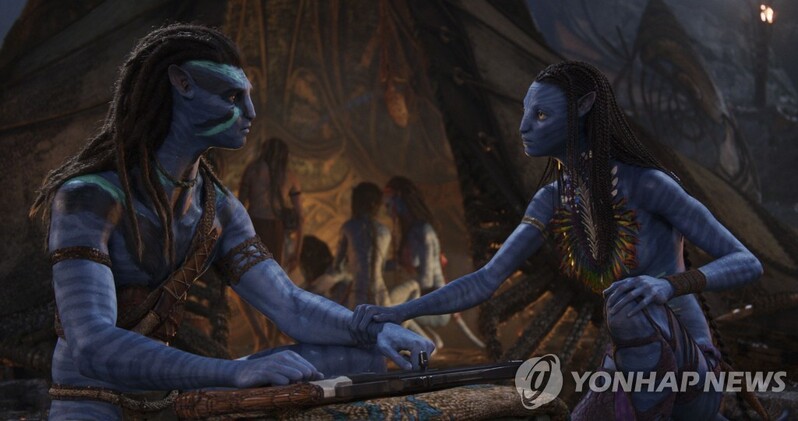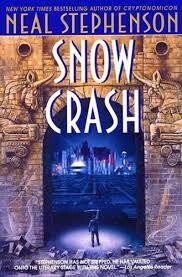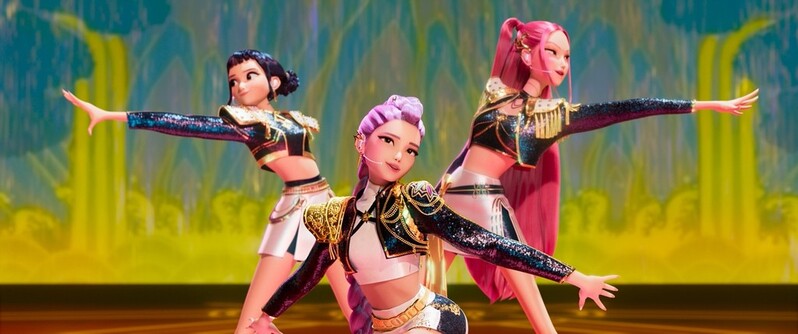*Editor’s note: K-VIBE invites experts from various K-culture sectors to share their extraordinary discovery about the Korean culture.
Chapter 2. Theory and Knowledge of Metaverse
Chronicles of Metaverse: The Past and Future of Avatars
By Noh Seok-joon (Master K-architect engineer)

James Cameron's film Avatar centers on blue-skinned, towering avatars that play the leading roles.
While the director's imaginative storytelling and cutting-edge graphics technology are impressive, what stands out most is how the film, released in 2009, foresaw the modern concept of avatars within the metaverse, seamlessly bringing this vision to life on screen.
Set in the year 2150, the film depicts a future where humanity, struggling with Earth's desolation due to energy depletion, seeks salvation through the mining of "Unobtainium," a fictional substance worth $20 million per kilogram.
The story unfolds on Pandora, a mysterious planet six light-years from Earth. Pandora is a fantastical place of floating mountains and lush jungles, yet its toxic atmosphere renders it uninhabitable for humans.
To interact with the planet's indigenous Na’vi people and mine its resources, humans create avatars—synthetic bodies that merge Na’vi and human DNA. The protagonist, Jake Sully, a paraplegic former marine, operates an avatar to immerse himself in Pandora, setting the stage for the film's exploration of identity, connection, and conflict.
 |
| ▲ A scene from "Avatar: The Way of Water" is seen in this photo provided by Walt Disney Co. (PHOTO NOT FOR SALE) (Yonhap) |
◇ From Historical Avatars to the Future
In the modern metaverse, avatars serve as participants' proxies, much like their cinematic counterparts. These digital embodiments can take human or entirely new forms, representing their creators in virtual worlds.
But how did the concept of avatars originate, and what lies ahead?
The term "avatar" derives from the Sanskrit word avatāra, meaning "a deity's descent into the human world."
From a Hindu perspective, the world we inhabit is considered the "virtual reality" of the gods. This interpretation casts our reality as a metaverse for divine entities, where avatars, as the gods' representatives, appear in human form to fulfill their missions.
In Hinduism, it is believed that the eternal realm of the gods exists beyond human perception. When the human world succumbs to evil and strays from truth, gods send their avatars to awaken humanity and restore balance.
 |
| ▲ This Wikitree image shows the "10 Avatars'"of Vishnu in Hinduism. (PHOTO NOT FOR SALE) (Yonhap) |
The concept of avatars, representing individuals in a broad sense, is poised to evolve significantly with the advancement of technology, manifesting in two main directions in the near future.
The first form is digital avatars, born of sophisticated graphics, designed to thrive in the metaverse era. These avatars will act as proxies for individuals in virtual environments.
The second form is robotic avatars, physical entities capable of representing and acting on behalf of humans in the tangible world.
For now, let’s focus on the digital avatars destined to flourish within the virtual confines of the metaverse.
The concept of avatars as user proxies in online spaces dates back to the mid-1980s. In 1985, LucasArts introduced avatars in the online role-playing game Habitat, marking their debut as player surrogates.
 |
| ▲ This Wikitree image shows LucasArts' online role-playing game "Habitat." (PHOTO NOT FOR SALE) (Yonhap) |
The modern interpretation of avatars in the digital metaverse was first presented in Neal Stephenson's 1992 science fiction novel Snow Crash. This groundbreaking work depicted avatars as participants' representations within a virtual world, laying the conceptual foundation for today’s metaverse.
With the rise of digital technology, avatars have become indispensable in the metaverse. They represent individuals across various domains, from gaming and social interactions to commerce. Participants use avatars to engage in leisure activities, build relationships, and even conduct business.
Personalizing avatars has gained immense popularity, fueling the market for virtual clothing, accessories, and other items. Platforms like Second Life, ZEPETO, Roblox, and Decentraland are thriving hubs for avatar customization and commerce.
 |
| ▲ This Wikitree image shows the cover of Neal Stephenson's "Snow Crash" in paperback. (PHOTO NOT FOR SALE) (Yonhap) |
Advancements in VR and AR technologies, along with the development of new devices, are pushing avatars toward a new frontier. Future avatars will replicate not just the visuals but also the sensory experiences of humans, encompassing sight, hearing, and touch.
As technology evolves, avatars in the metaverse may become indistinguishable from their human counterparts, embodying a fully immersive representation of their users.
Ultimately, these digital proxies could transcend mere tools, becoming extensions of their creators. Through neural interfaces or thought-driven connections, avatars may transform into authentic "other selves," bridging the gap between the real and virtual worlds.
In this vision of the future, the avatar becomes not just a proxy but a true embodiment of the individual, shaping how we navigate and redefine existence in the metaverse.
(C) Yonhap News Agency. All Rights Reserved























